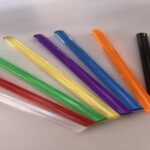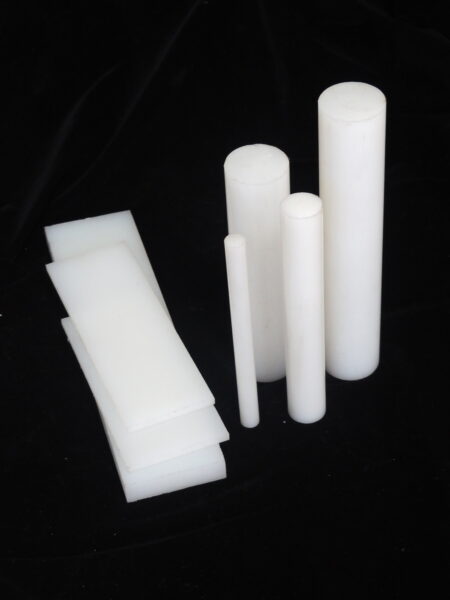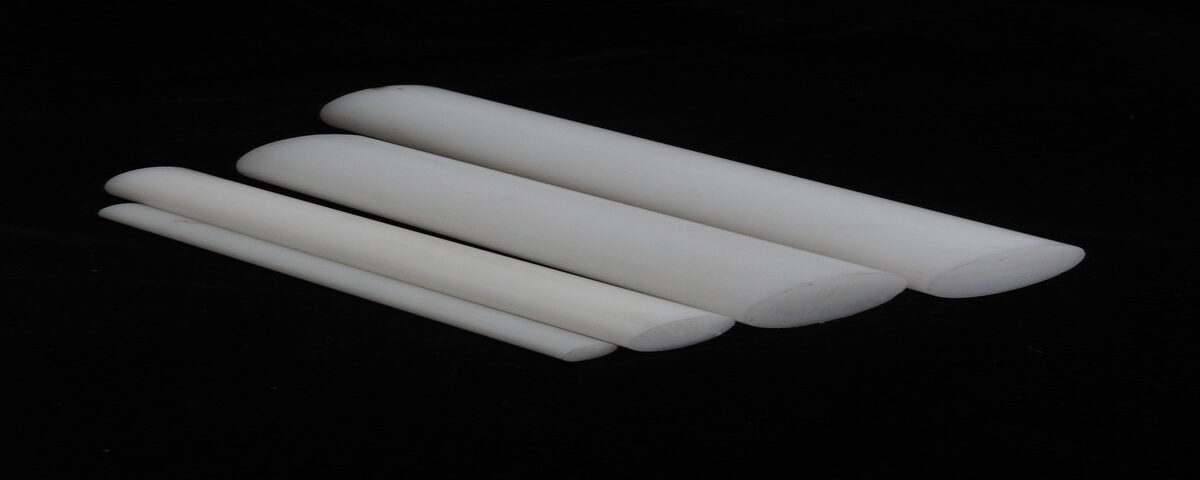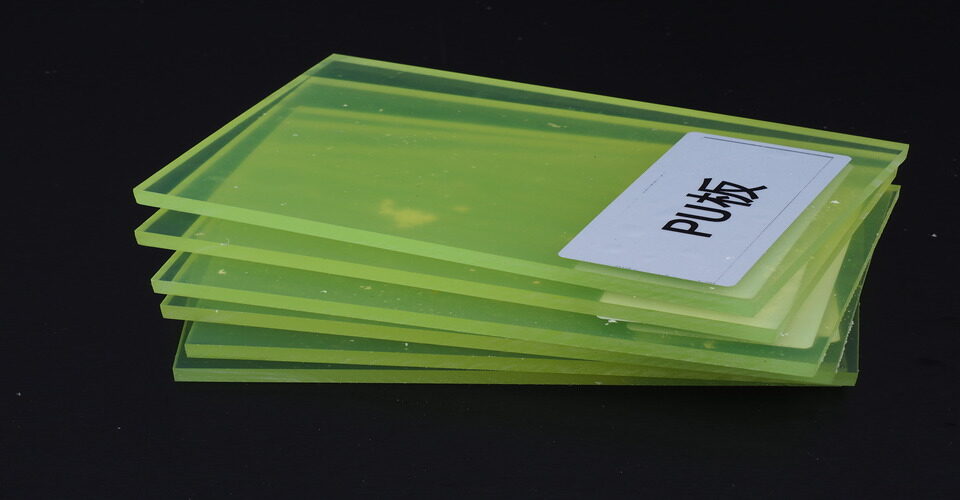
What is PTFE sheet used for?
December 6, 2024
What Are the Disadvantages of PMMA Plastic?
December 6, 2024PTFE (Polytetrafluoroethylene) and PVDF (Polyvinylidene Fluoride) rods are both highly durable and versatile materials used across various industries. While they share some similar properties, they have distinct differences that make each more suitable for specific applications. Below are the key differences between PTFE and PVDF rods.

1. Chemical Resistance
PTFE rods are known for their exceptional chemical resistance, being nearly inert to all chemicals, acids, and bases. This makes them ideal for highly corrosive environments. PVDF rods, while also chemically resistant, are not as resistant to certain aggressive chemicals as PTFE, but they offer better resistance to abrasion and mechanical stress.
2. Temperature Tolerance
PTFE rods can withstand extreme temperatures ranging from -200°C to 260°C, making them suitable for high-temperature applications. PVDF rods, however, have a lower temperature tolerance, typically operating between -40°C and 150°C. This makes PTFE a better choice for more extreme thermal conditions.
3. Mechanical Properties
PVDF rods have superior mechanical strength compared to PTFE. PVDF is more rigid and tougher, offering better wear resistance and tensile strength. On the other hand, PTFE is softer, which makes it more prone to wear but provides a better non-stick surface.
4. Electrical Insulation
Both PTFE and PVDF rods provide excellent electrical insulation, but PTFE has superior dielectric properties. PTFE rods are commonly used in applications requiring high-frequency insulation and electrical conductivity resistance.
5. Cost
PTFE rods are generally more expensive than PVDF rods due to their superior properties and performance in extreme conditions.
In summary, while both PTFE and PVDF rods offer chemical resistance and insulation, PTFE is better for extreme temperatures and chemical exposure, while PVDF excels in mechanical strength and cost-effectiveness.






